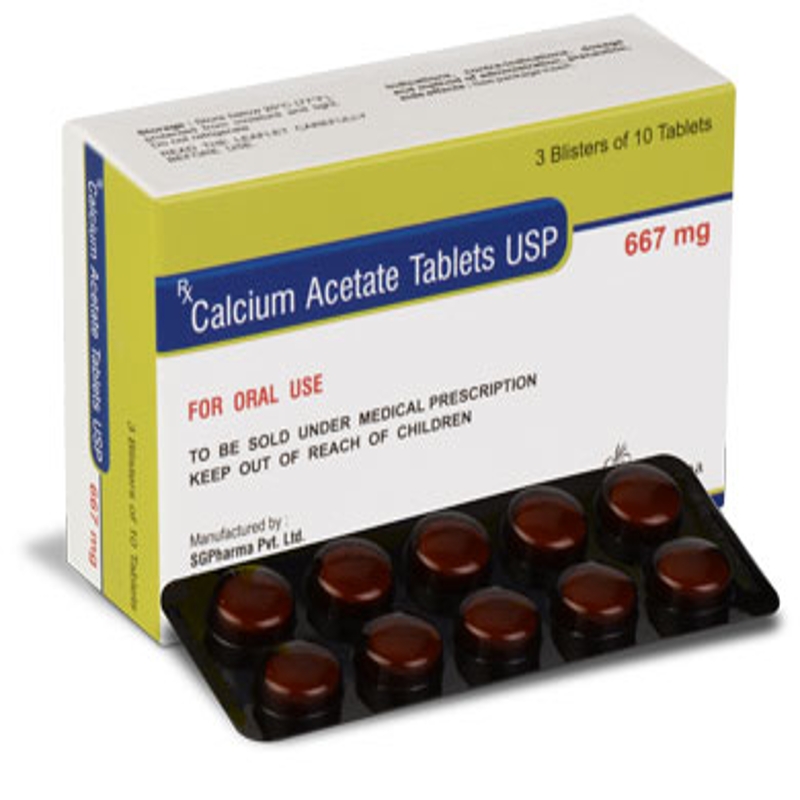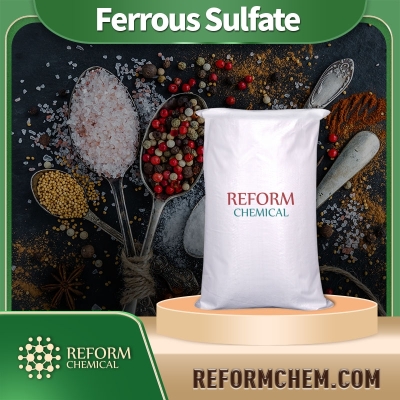-
Categories
-
Pharmaceutical Intermediates
-
Active Pharmaceutical Ingredients
-
Food Additives
- Industrial Coatings
- Agrochemicals
- Dyes and Pigments
- Surfactant
- Flavors and Fragrances
- Chemical Reagents
- Catalyst and Auxiliary
- Natural Products
- Inorganic Chemistry
-
Organic Chemistry
-
Biochemical Engineering
- Analytical Chemistry
-
Cosmetic Ingredient
- Water Treatment Chemical
-
Pharmaceutical Intermediates
Promotion
ECHEMI Mall
Wholesale
Weekly Price
Exhibition
News
-
Trade Service
Chronic lymphocytic leukemia (CLL)/small lymphocytic lymphoma (SLL) is a mature B-lymphocyte clonal proliferative tumor with specific immunophenotypic characteristics that occurs mainly in middle-aged and elderly people, characterized by lymphocyte aggregation in peripheral blood, bone marrow, spleen, and lymph nodes
.
In recent years, great progress
has been made in basic and clinical research of CLL/SLL , especially in the field of new drug therapy.
The 2022 edition of the Guidelines for the Diagnosis and Treatment of Chronic Lymphocytic Leukemia/Small Lymphocytic Lymphoma in China was revised on the basis of the 2018 edition to further promote the standardized treatment
of CLL/SLL .
In this issue of Lymphoma Academy, Professor Xu Wei of the Department of Hematology of the First Affiliated Hospital of Nanjing Medical University (Jiangsu Provincial People's Hospital) is specially invited to take stock of the main contents of the 2022 edition of the diagnosis and treatment guidelines of CLL/SLL in China for readers
.
CLL/SLL overview
CLL is a disease that mainly occurs in middle-aged and elderly people, according to China's epidemiological statistics, the incidence of CLL in China is 0.
68/100000, the incidence is lower than that of European and American countries, and the median age of diagnosis of CLL patients in China is lower than that of the United States
.
In the chapter of CLL overview, Professor Xu Wei introduced CLL in detail from the epidemiology, clinical manifestations, diagnosis, differential diagnosis, staging, prognosis and treatment indications of CLL in
combination with the 2022 edition of the Chinese CLL/SLL Diagnosis and Treatment Guidelines.
CLL first-line treatment options
CLL therapy has evolved through chemotherapy, immunochemotherapy, and has now entered the era
of targeted therapy.
The goal of treatment of CLL at this stage should be to improve the quality of life and prolong survival
.
The 2022 CACA guidelines state that treatment is stratified according to TP53 deletion and/or mutation, age, and physical status
.
The patient's performance status and chronological age are important factors, and it is important
to assess the patient's CIRS score and physical fitness before treatment.
As CLL remains an incurable disease, all patients are encouraged to participate in clinical trials
.
(1) For patients in good physical condition (including acceptable physical activity, creatinine clearance ≥70ml/min and CIRS score ≤6 points), priority is given: ibrutinib, zebratinib, fludarabine + cyclophosphamide + rituximab (for patients with IGHV mutations and age <60 years), bendamustine + rituximab (for patients with IGHV mutations and ≥ age 60 years old).
<b10> Other recommendations: orelabrutinib, venetoclax + rituximab/obinutuzumab, fludarabine + rituximab, fludarabine + cyclophosphamide
.
(2) For patients with poor physical condition, priority is recommended: ibrutinib, zebratinib, chlorambucil + rituximab/obinutuzumab
.
Other recommendations: orelabrutinib, venetoclax + rituximab/obinutuzumab, octuzumab, chlorambucil, rituximab
.
Priority recommendation: ibrutinib, zebratinib, orelabrutinib
.
Other recommendations: venetoclax + rituximab/obinutuzumab, high-dose methylprednisolone + rituximab/obinutuzumab
.
Treatment options and new drug therapy and therapies for patients with relapsed/refractory CLL
The 2022 CACA guidelines define relapse and refractory treatment as follows:
Relapse: patients achieve complete remission (CR) or partial remission (PR), and disease progression (PD) ≥ 6 months later; Refractory: treatment failure (no PR) or PD < 6 months<b10> after the last chemotherapy dose.
In patients with relapsed and refractory treatment, the prognostic factors such as age, performance status, and genetics should be considered in addition to the prognostic factors such as the patient's age, performance status, and genetics, and the efficacy (including duration of remission) and tolerability of the patient's previous treatment regimen
.
(1) For patients in good physical condition, priority is recommended: ibrutinib, zebratinib, orelabrutinib
.
Other recommendations: fludarabine + cyclophosphamide + rituximab (age <60 years), bendamustine + rituximab, venetoxax + rituximab/obinuzumab, high-dose methylprednisolone + rituximab, octutarzumab, lenalidomide, ±rituximab<b11>.
(2) For patients with poor physical condition, priority is recommended: ibrutinib, zebratinib, orelabrutinib
.
Other recommendations: chlorambucil + rituximab/obinutuzumab, venetoclax + rituximab/octuzumab, high-dose methylprednisolone + rituximab/obinutuzumab, lenalidomide±rituximab
.
Priority recommendation: ibrutinib, zebratinib, orelabrutinib, venetoclax + rituximab/octinuzumab
.
Other recommendations: high-dose methylprednisolone + rituximab, lenalidomide, ±rituximab
.
In terms of new drug treatment and new therapy, the development of therapeutic drugs for CLL in European and American countries has developed rapidly, and drugs listed abroad include Idelalisib and Duvelisib
.
Limited duration therapy based on BTK inhibitors is being explored
clinically.
In addition, chimeric antigen receptor T cell immunotherapy has shown some efficacy
in clinical trials of relapsed/refractory CLL.
CLL efficacy evaluation criteria and MRD-driven related research progress
In the treatment of CLL patients should be regularly evaluated for efficacy, induction therapy is usually 6 courses of treatment, it is recommended to treat 3~4 courses of mid-term efficacy evaluation, efficacy evaluation criteria are shown in the table below
.
CR: meet all the criteria in the table below, no disease-related symptoms; CR (CRi) with unrecovered bone marrow: meets CR criteria except for bone marrow that has not returned to normal; PR: at least 2 Group A criteria + 1 Group B criteria; Disease stabilization (SD): disease progression without progression and failure to achieve PR; PD: meet any 1 Group A or Group B criteria;
PR (PR-L) with lymphocyte hyperplasia: small molecule inhibitors of the BCR signaling pathway such as BTK inhibitors and PI3Kδ inhibitors have transient lymphocyte hyperplasia, lymph node and spleen shrinkage, lymphocyte hyperplasia appears in the first few weeks and will last for several months, when simple lymphocyte hyperplasia does not indicate disease progression; MRD negative: multicolor flow cytometry to detect residual leukemia cells <1×<b10>10-4
.
Patients with CR who are initially assessed for efficacy should have bone marrow aspiration and biopsy
.
Timing of bone marrow examination: 2 months after the end of chemotherapy or immunochemotherapy regimen; Patients with BTK inhibitors requiring ongoing therapy should be at least 2 months after
the patient has achieved optimal remission.
Bone marrow biopsy is necessary to confirm CR and is evaluated for nodular partial response (nPR)
in patients with other conditions consistent with CR and immunohistochemistry showing the presence of lymph nodes composed of CLL cells.
SLL efficacy evaluation refers to the 2014 Lugano Lymphoma Efficacy Evaluation Criteria
.
In addition, MRD-driven limited-duration treatment has also been explored in clinical practice, and Professor Xu Wei interpreted
the content of MRD-driven time-limited treatment at the 2022 EHA Conference.
summary
First-line treatment of CLL: for patients who are in good physical condition and do not have del (17p) or TP53 mutations, domestic guidelines recommend BTKi and FCR regimens (recommended for people with IGHV mutations), and NCCN guidelines recommend BTKi regimens; For patients with del(17p) or TP53 mutations, BTKi regimens are the main guidelines at home and abroad.
Second-line treatment of CLL: regardless of patient status, domestic and foreign guidelines give priority to BTKi-based regimens;
The level of MRD in CLL treatment is correlated with patient prognosis, which is the direction of current clinical research, time-limited treatment driven by uMRD is still being explored in clinical trials, and the standardization of MRD detection and the criteria for patient discontinuation still need longer follow-up verification
.
Professor Xu Wei
Chief physician, professor, doctoral supervisor
Vice Chairman of the Hematological Oncology Professional Committee of the Chinese Anti-Cancer Association, leader of the lymphoma group
Vice Chairman of the Lymphoma Professional Committee of the Chinese Geriatric Health Care Association
Member of the Standing Committee of CSCO China Anti-Lymphoma Alliance
Member of the Standing Committee of the Hematology Branch of the Chinese Geriatric Society
Member of the Standing Committee of the Hematology Professional Committee of the Chinese Association of Women Physicians
Member of the Standing Committee of the Lymphoid and Hematological Oncology Professional Committee of the Chinese Geriatric Oncology Society
Member of the Lymphoma Professional Committee of the Chinese Anti-Cancer Association
Member of the Experimental Hematology Professional Committee of the Chinese Pathophysiology Society
Member and Secretary of the Integrated Hematology Professional Committee of the Integrative Medicine Physician Branch of the Chinese Medical Doctor Association
Vice Chairman of Hematology Society of Jiangsu Medical Association
Vice President of Hematologist Branch of Jiangsu Medical Doctor Association
Chairman and member of the Lymphoma Professional Committee of Jiangsu Research Hospital Association
Chairman of Jiangsu Anti-lymphoma Alliance
Vice Chairman of Hematological Oncology Professional Committee of Jiangsu Anti-Cancer Association
Member of the Standing Committee of the Lymphoma Professional Committee of Jiangsu Anti-Cancer Association
Vice Chairman of Nanjing Hematology Society
Editorial board member of Chinese Journal of Hematology, Chinese Journal of Experimental Hematology, International Journal of Blood Transfusion and Hematology, Leukemia Lymphoma and BLOOD Chinese Edition
Specialty: Diagnosis and treatment of lymphoma and chronic lymphocytic leukemia
References:
Guidelines for the diagnosis and treatment of chronic lymphocytic leukemia/small lymphocytic lymphoma in China (2022 edition)
The content of this material (video and text) is supported by AstraZeneca,
It is for the reference of healthcare professionals only and is not for promotional purposes
Manuscript approval number: CN-105851
Video approval numbers: CN-105847, CN-105848, CN-105849, CN-105850
Disclaimer: This platform is designed to deliver more medical information
to healthcare professionals.
The content published on this platform cannot replace professional medical guidance in any way, nor should it be regarded as diagnosis and treatment advice
.
If such information is used for purposes other than understanding medical information, this platform does not assume relevant responsibilities
.
The content published by this platform does not mean that it agrees with its description and views
.
If copyright issues are involved, please contact us and we will deal with
it as soon as possible.
Poke "Read Original" to see more







